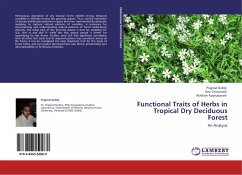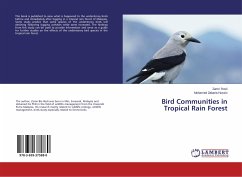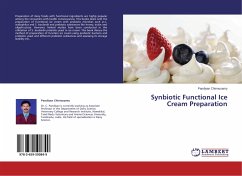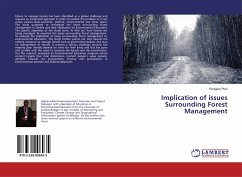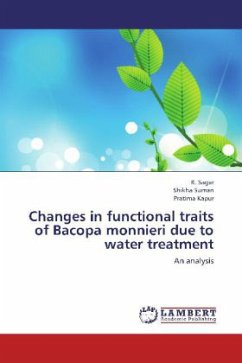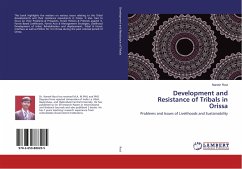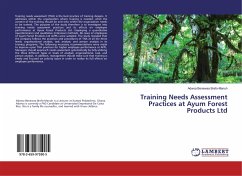Herbaceous vegetation of dry tropical forest exhibits strong temporal variability in diversity during the growing season. Thus, careful estimation of species distribution patterns in space and time, represented by adequate sampling to capture natural patterns of variation, is necessary for characterizing and understanding natural patterns of forest understorey diversity. The initial part of the growing season is best for sampling for SLA, leaf N and leaf P; while the mid season period is better for quantifying Gs and Amass. Further, since SLA had significant correlation with all other leaf traits and its seasonal pattern was consistent across all life forms, it can be considered the most important trait for the study of forest herbs, and can predict photosynthetic rate (hence productivity) and decomposability of herbaceous biomass.

